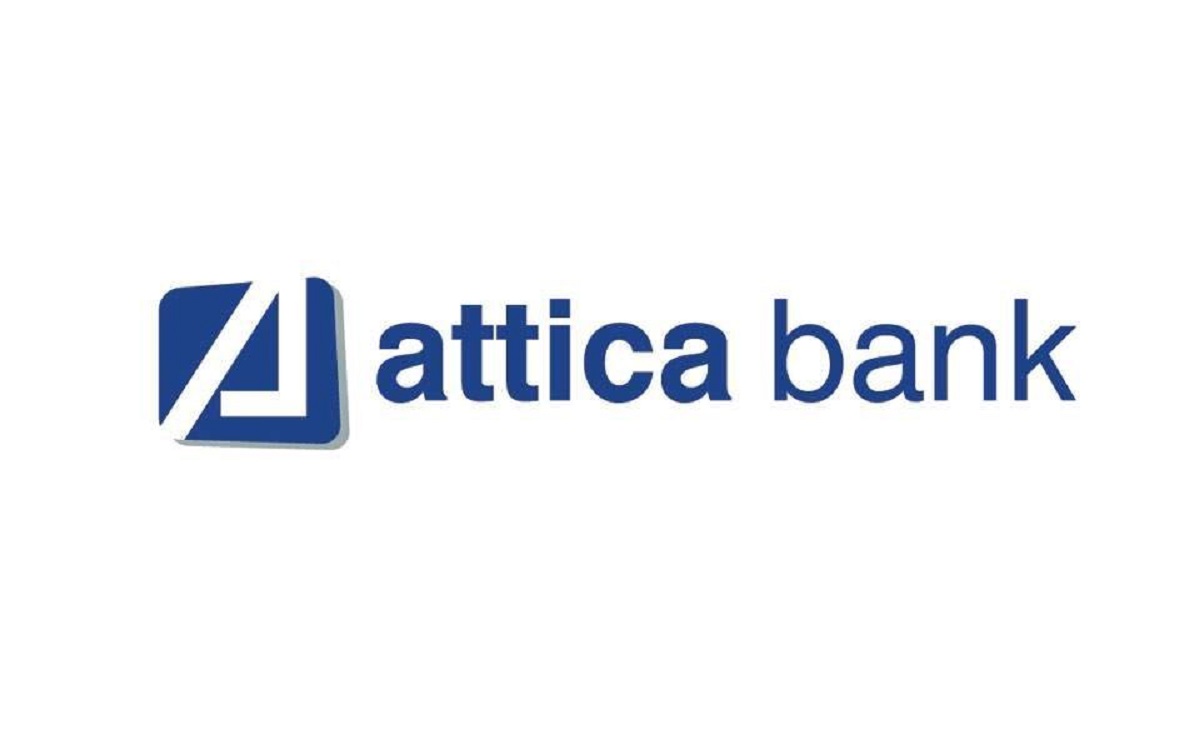On October 31 the Office of Rail & Road published its final determination approving infrastructure manager Network Rail’s £34.7bn spending plan for the next five-year funding cycle. This is a key part of the Periodic Review 2018 process, through which ORR sets out what Network Rail is required to deliver in Control Period 6 which starts on April 1 2019.
The determination builds on the High-Level Output Specifications in which the UK (for England & Wales) and Scottish governments outlined what they want from the rail network, and their Statements of Funds Available which set out the financial envelope. There are separate determinations for England & Wales and for Scotland, reflecting legislative requirements and how Network Rail is funded.
The CP6 plan is the first since Network Rail was reclassified as a public sector body, which has limited its access to commercial financing, and the first since it was restructured into eight geographical ‘routes’ with devolved responsibilities.
CP6 will see Network Rail become much more locally focused, with each route having its own budget, delivery plans and performance monitoring. In addition, ORR has strengthened the routes’ ability to buy goods and services locally rather than centrally, where this offers better value for money.
The approved spending includes £7.7bn for maintenance and £16.6bn for renewals, with renewals spending up 17% on the current CP5. The Performance Innovation Fund has been increased to £40m from £10m in the draft determination, to support testing and implementation of ideas to improve punctuality. ORR has confirmed Network Rail’s plans for a significant funding and resource boost for its network-wide System Operator timetabling and planning functions, with forecast spend almost doubling to more than £270m.
A £245m research and development fund will be available to help develop technology to improve performance or efficiency, subject to additional governance arrangements being agreed.
ORR has confirmed plans to simplify industry charges and incentives, including scrapping ‘outdated’ mechanisms and capping charges for freight and charter train operators.
Responding to the publication of the final determination, Darren Caplan, Chief Executive of the Railway Industry Association, said ‘we are encouraged to see the ORR taking the concerns of the rail supply community onboard, particularly around “boom and bust” funding. This impacts rail businesses’ ability to recruit and invest and jeopardises the ability of SMEs in the industry to survive. It also increases the cost of running the rail network by up to 30%, which is bad for taxpayers, passengers and freight users.
‘In its final determination, ORR suggests releasing “risk funds”, to allow increased spending in the later years of Control Periods, thereby smoothing out work profiles. We welcome this move and look forward to working with Network Rail and ORR to ensure the funds are used correctly’, he added.
Source: railwaygazette.com
ΜΗΝ ΞΕΧΑΣΕΤΕ
- Ακολουθήστε το ypodomes.com στο Google News και μάθετε πρώτοι όλες τις ειδήσεις για τις υποδομές στην Ελλάδα
- Αν είστε επαγγελματίας του κλάδου, ακολουθήστε μας στο LinkedIn
- Εγγραφείτε στο Ypodomes Web TV


















